Art
’80s Icon Brooke Shields on Being a Muse for Warhol, Avedon, and Fischl
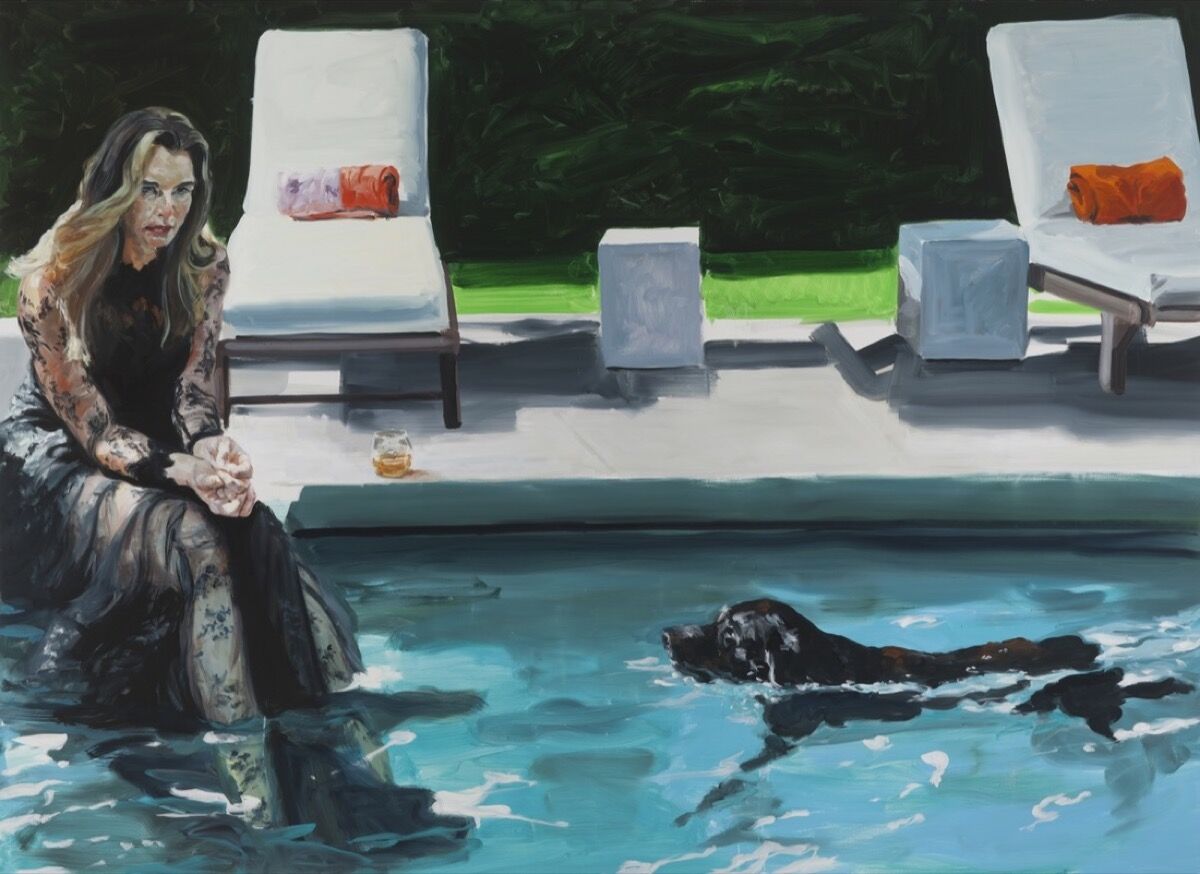
Eric Fischl, Daddy’s Gone, Girl, 2016. Courtesy of the New York Academy of Art.
Brooke Shields isn’t the typical artist’s model. She’s been a celebrity for decades, acting in films like Pretty Baby (1978) and The Blue Lagoon (1980), and posing for high-profile photographers and fashion campaigns. (“What gets between me and my Calvins? Nothing.”)
So
didn’t exactly have an ingenue on his hands when the two paired up for a photo shoot. Asked to contribute to an auction for Southampton’s Parrish Art Center in 2013, the painter offered the opportunity for the highest bidder to sit for a portraiture session that would culminate in a collaged artwork. Chris Henchy, Shields’s husband, was the winning bidder.
A year later—Shields’s schedule was hectic—Fischl arrived at her Southampton home. The actress had hired a hairdresser and make-up artist, and brainstormed characters she could personify in front of the camera. Shields told Fischl that she is a Gemini and often feels as though she is two people at once. Fischl came up with a narrative about a pair of twins—one who followed social conventions (wearing white and a hat to the Hamptons Classic horse show) and one who didn’t. Shields developed a series of costumes that would correspond to the theme.
“The thing about Brooke,” Fischl recently told me by phone, “is that she’s such a good actor, she disappears.” He didn’t feel he was capturing a celebrity, but rather an invented persona. Fischl, who’s known for eerie depictions of upper-class Americana, generally catches his models unaware. He takes candid photographs of people without their knowledge, looking for “authenticity, rather than preconceived gesture.”
Even when he uses live models, Fischl prefers in-between moments, like when his subjects are shifting posture or walking away from the camera. Until 2000, during a project for a German museum, he hadn’t enlisted actors to pose for him. The experience was something of a revelation. “Actors come alive,” he said. “They use their bodies in deep, expressive ways.” Their drama fuels his own practice.
Fischl so enjoyed working with Shields that after he gave her the agreed-upon collage, he used her image for a painting. (The likeness might not jump out at viewers: “The way I paint, no one recognizes her anyway,” he said.) For Daddy’s Gone, Girl (2016), he rendered Shields in a filmy black dress, legs immersed in a swimming pool, glass of liquor by her side. A black dog floats toward her. Her face is splotched and white, her hair badly dyed—without knowing what you were looking at, you’d never guess that Brooke Shields modeled for the picture. “It’s early for drinking and wearing that dress,” said Fischl about the unsettling scene. A sense of vague recognition—Don’t you know that woman from somewhere?—contributes to this unease.
“It felt very much like a collaboration,” Shields told me, by phone, about the process of working with Fischl. She felt freer when she was playing different characters than she would have been simply posing as herself.
This Tuesday, October 9th, Shields and Fischl will reunite to celebrate artistic muses at the New York Academy of Art’s “Take Home a Nude” art party and auction. Shields has long been a muse for major artists: She was friends with
, and she recalled how he’d follow her around parties, taking candid pictures of her from varying angles, often not even looking through the lens. “Any time you had his attention, it was always very sweet and funny,” she said. “He was extremely celebrated, but he was also very personally sweet and pretty shy. So I would make faces or do something to make him laugh.”
In Shields’s estimation, the best collaborations between artist and muse occur when they aren’t pre-planned: “If you set out to make money, or create a stir, or sell as much as some other photograph that you did,” she said, “I think by virtue of that fact, I don’t think it can happen.” In contrast, she believes her work with Fischl was so fruitful because the pair went into it without fixed expectations.
That said, the life of a muse is not always easy or uncomplicated. When
and
decided to team up to create posters in 1985, they chose Shields as their subject. Haring created a series of sculptural hearts with cartoon faces, behind which Shields posed and reclined—in the final images, she looks as though she’s only wearing the heart. She believes that Avedon was trying to recreate the wild success of a racy poster he’d previously made (entitled Nastassja Kinski and the Serpent, 1981), depicting a boa constrictor wrapped around the nude body of the titular actress.
“I don’t know if it did as well as he thought,” Shields said. That’s something of an understatement. The day of the photo shoot, she had an eye infection, and the team poorly airbrushed her swollen eye in the retouching process. Additionally, the producer insisted on attaching a tacky tagline to the image: something along the lines of “Brooke, with a heart-on for Keith Haring,” as she recalled. “My mother lost her mind,” Shields said. They refused to sign any releases until the producer nixed the terrible pun.
Even more notorious was Shields’s earliest role as a muse—an entirely unwitting one. In 1983,
re-photographed a leaked nude childhood photograph of her for his work Spiritual America. A photographer, Gary Gross, had taken the picture in 1975, for Playboy Press’s 1976 Sugar & Spice: Surprising and Sensuous Images of Women, when she was 10 years old. Once Shields became famous, Gross attempted to republish the images on posters, and Shields’s mother sued. The resulting legal battle made headlines, capturing national attention. “This was a ‘complicated’ photograph,” Prince wrote. “This no longer had anything to do with money or censorship or even embarrassment. For me this photograph had to do with the medium and how the medium can get out of hand.”
In 2005, for another series, Prince hired
to photograph the adult Shields in a bikini, alongside a motorcycle—restaging the Gross image while giving the subject more agency. “It was my way of finishing a chapter,” Shields told me, “coming out on top, and owning the experience.”
Alina Cohen is a Staff Writer at Artsy.

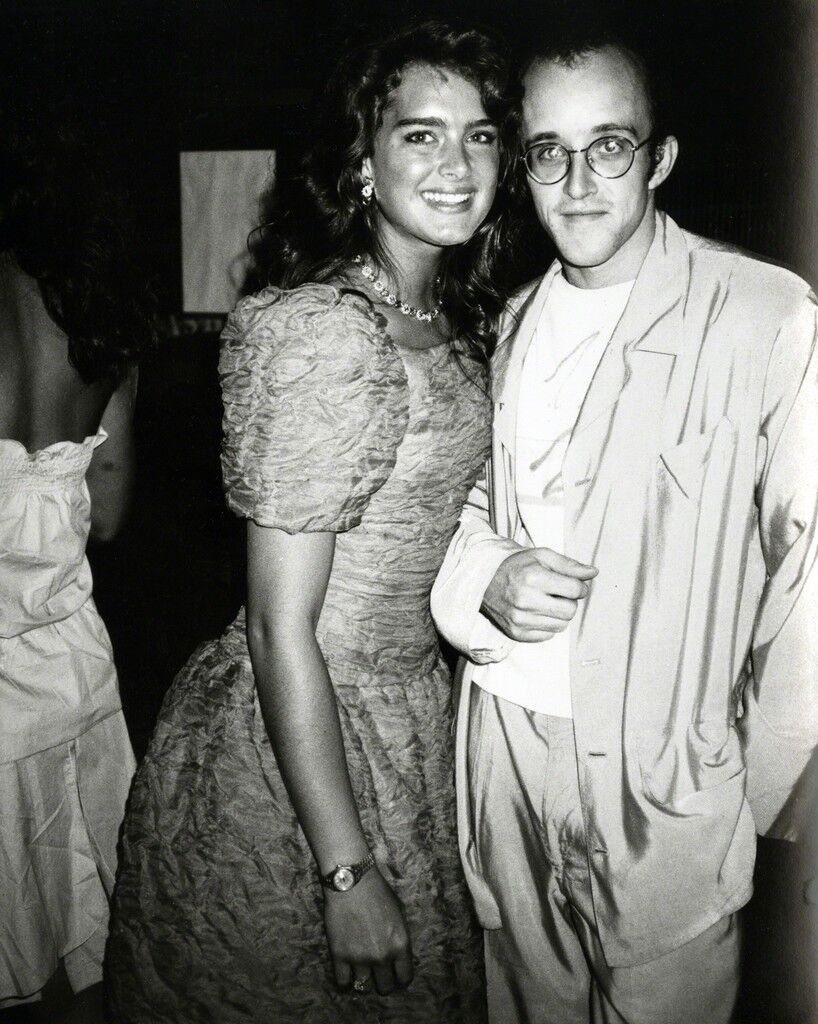
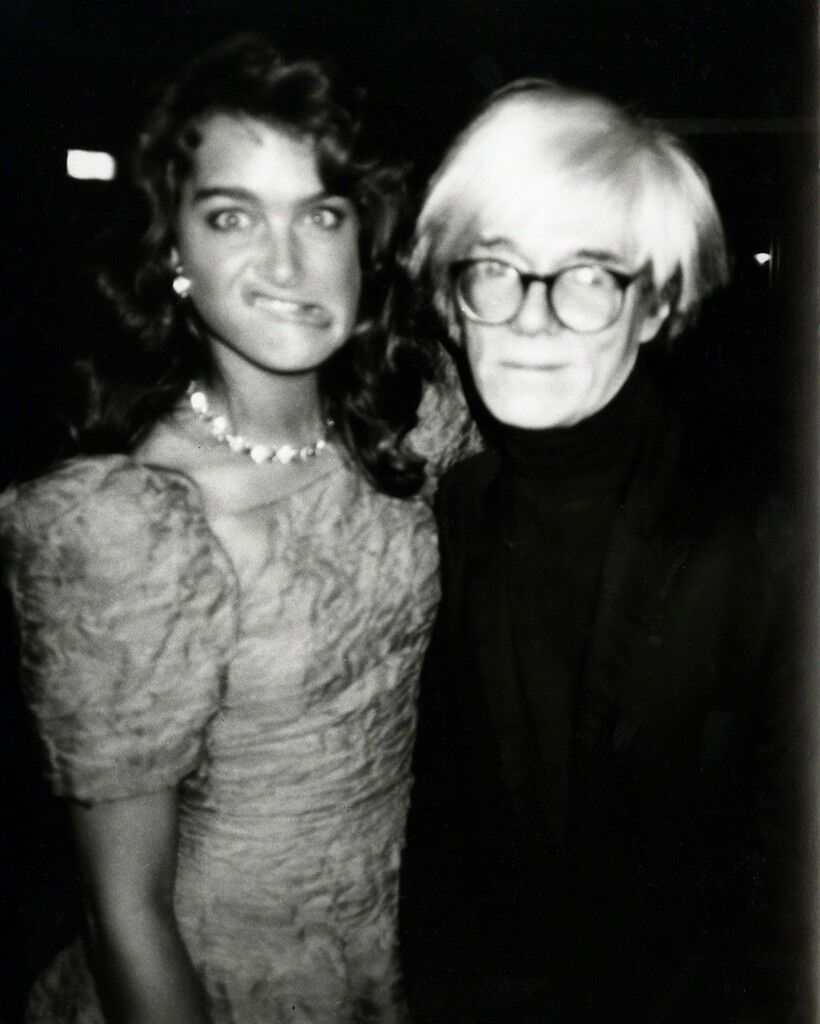
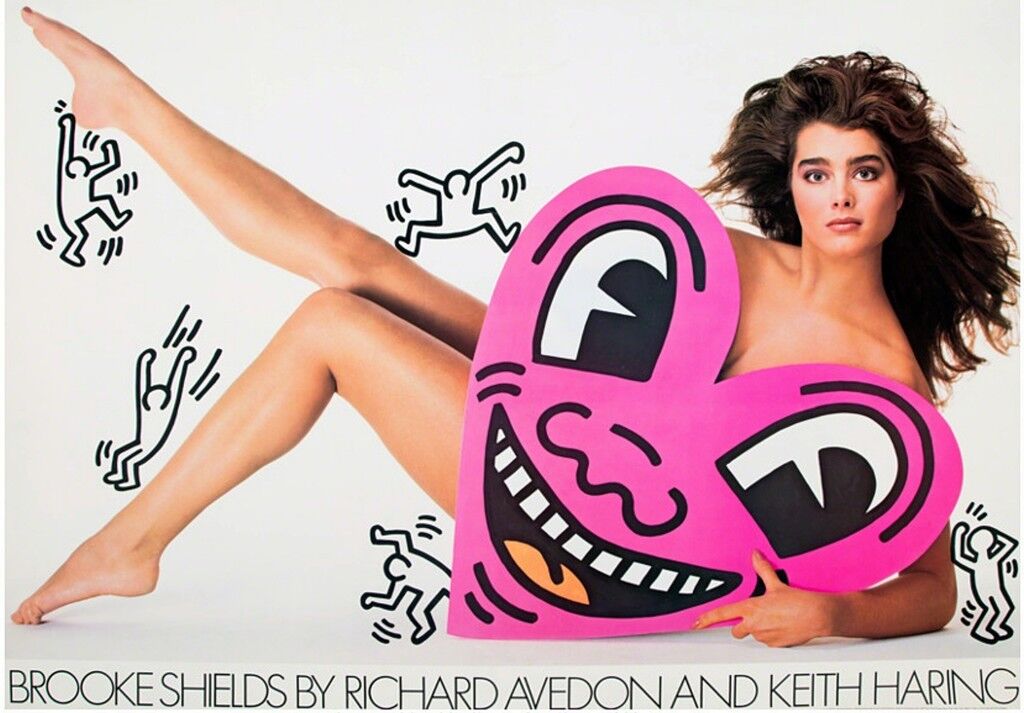
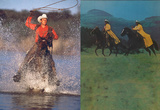

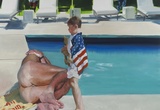

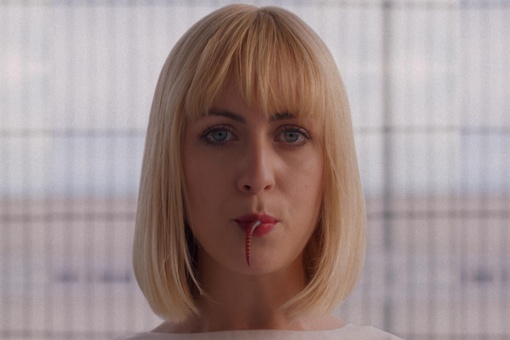
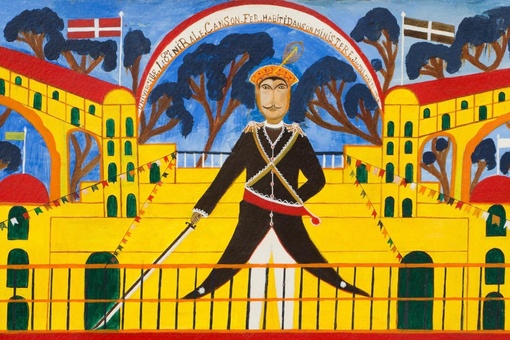
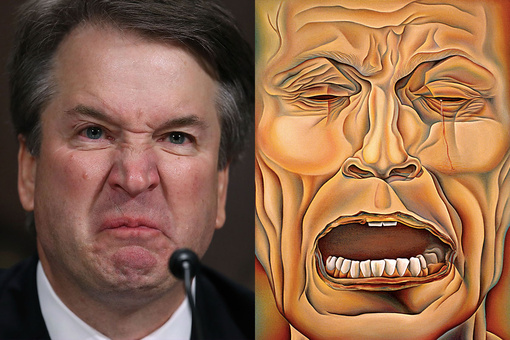
No comments:
Post a Comment